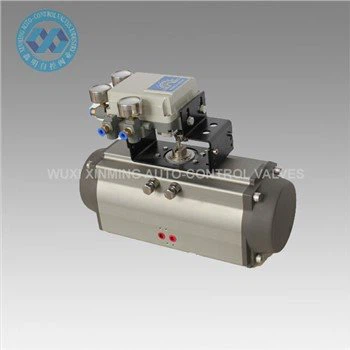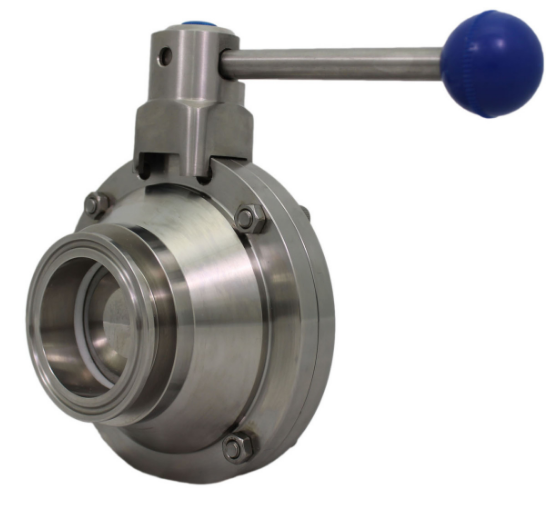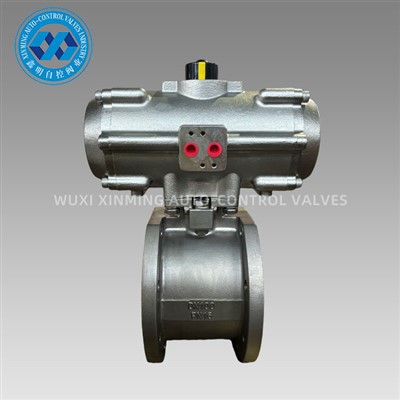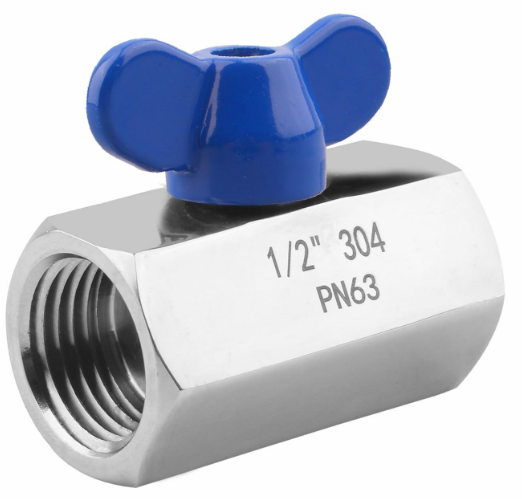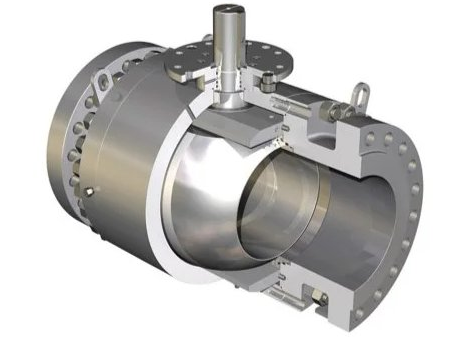Introduction
A butterfly valve actuator is an essential component in fluid control systems, enabling the automated or manual operation of butterfly valves. It converts a control signal—either pneumatic, electric, or hydraulic—into mechanical torque to rotate the valve disc. This rotation controls the flow of liquids, gases, or slurries within pipelines. Thanks to their efficiency, compact size, and quick operation, butterfly valve actuators are widely used across industries such as water treatment, oil and gas, chemical processing, and HVAC systems.
1. What Is a Butterfly Valve Actuator?
A butterfly valve actuator is a mechanism designed to control the opening and closing of a butterfly valve. While the valve itself consists of a disc that rotates on a central shaft, the actuator provides the driving force needed to move that disc precisely to the desired position.
Types of actuation methods include:
-
Pneumatic – Uses compressed air for fast, reliable control.
-
Electric – Powered by electric motors for precise positioning.
-
Hydraulic – Uses pressurized fluid for high-torque applications.
2. Working Principle
The actuator receives a signal from a control system (such as a PLC or manual lever) and applies torque to rotate the valve disc. Depending on the application, the actuator can operate in quarter-turn motion (typically 0°–90°) to:
-
Fully open the valve for maximum flow.
-
Partially open it for throttling.
-
Fully close it to stop flow.
In pneumatic actuators, air pressure moves a piston or vane inside the actuator housing, converting linear or rotational motion into torque on the valve stem.
3. Types of Butterfly Valve Actuators
3.1 Pneumatic Butterfly Valve Actuator
-
Advantages: High speed, cost-effective, reliable in harsh environments.
-
Applications: Food processing, water distribution, chemical plants.
3.2 Electric Butterfly Valve Actuator
-
Advantages: Precise control, no need for compressed air.
-
Applications: HVAC systems, automated process control, clean environments.
3.3 Hydraulic Butterfly Valve Actuator
-
Advantages: High torque for large valves.
-
Applications: Offshore drilling, hydroelectric dams, high-pressure pipelines.
4. Applications of Butterfly Valve Actuators
-
Water & Wastewater Treatment: Regulating flow in treatment plants.
-
Oil & Gas Industry: Controlling crude oil and gas transmission pipelines.
-
HVAC Systems: Managing air and water flow in heating and cooling systems.
-
Power Generation: Steam and cooling water flow control in power plants.
-
Pharmaceutical Manufacturing: Sanitary control in production lines.
5. Benefits of Using a Butterfly Valve Actuator
-
Fast Operation: Especially with pneumatic designs, enabling quick opening and closing.
-
Space-Saving Design: Compact compared to gate or globe valve actuators.
-
Cost Efficiency: Lower cost of ownership and reduced maintenance needs.
-
Versatility: Suitable for both on/off and throttling applications.
-
Automation Capability: Easily integrated into modern control systems.
6. Selection Criteria
When selecting a butterfly valve actuator, consider:
-
Torque Requirements: Must match the valve size and media pressure.
-
Power Source: Air supply, electricity, or hydraulic fluid availability.
-
Operating Environment: Temperature, humidity, and exposure to chemicals.
-
Control Needs: Manual, semi-automatic, or fully automated operation.
7. Maintenance Tips
-
Regular Lubrication: For moving parts to prevent wear.
-
Seal Inspection: Replace worn seals to avoid leakage.
-
Air Filter Maintenance: For pneumatic systems, ensure air quality to prevent corrosion.
-
Electrical Checks: Inspect wiring and control signals for electric actuators.
Conclusion
A butterfly valve actuator plays a crucial role in modern industrial flow control. Whether pneumatic, electric, or hydraulic, these actuators provide precise, efficient, and reliable valve operation. Choosing the right actuator not only improves process efficiency but also ensures long-term system reliability.
If you want to learn more about low-priced products, please visit the following website: www.xm-valveactuator.com







